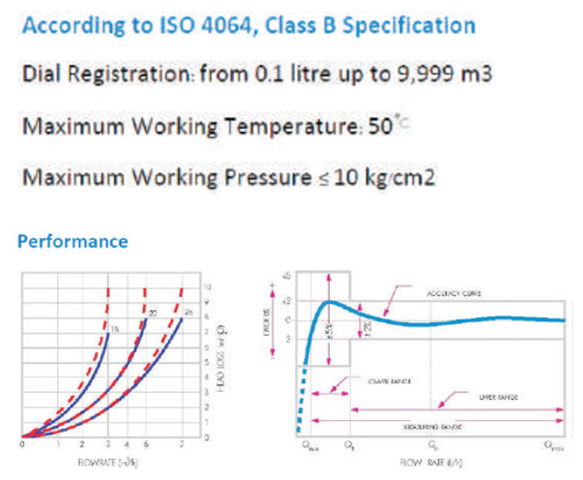
Piston Mbus-LoRaWAN
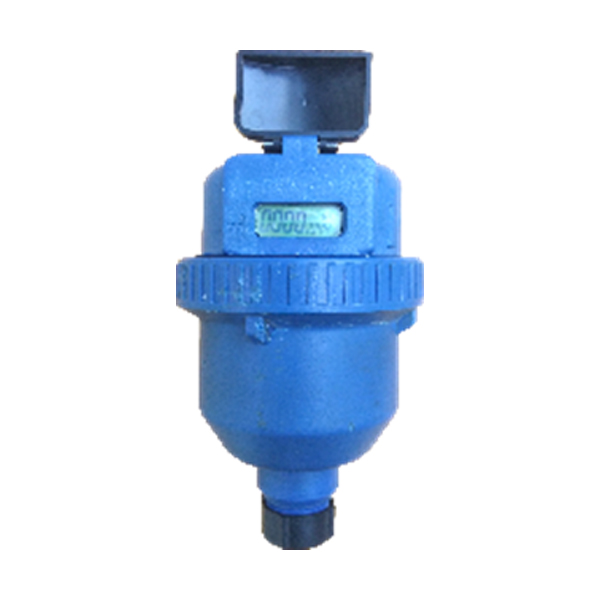
System Overview
- The Wave-LoRa is an I/O module specially designed for applications where the pulse/serial output of various metering devices need to be incorporated into a LoRa network for creating cost effective data acquisition and AMR solutions.
- The output of corresponding meter is directly connected to IP65 protected AMR gadget, the running count of the consumption is stored in local memory, (Permanent Storage)
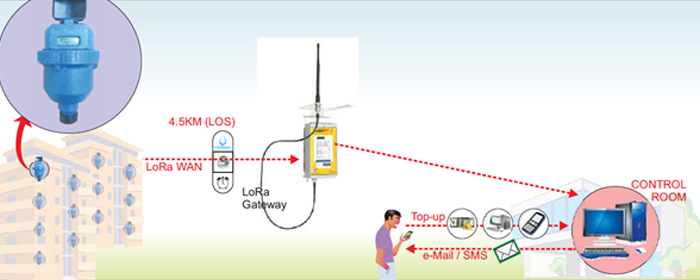
- An open, bi-directional and extensible infrastructure that uses low-cost devices to send and retrieve data from Meters
- A high-reliability, fault-tolerant and proven network forms the backbone of the solution Secure, Store and Forward mechanism ensures high data reliability, easy to install, capable of handing expanding network of meters with minimal latency
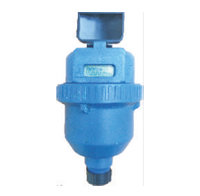
Smart Water Meter – LoRa
The meter pulse sensor fits directly onto the meter index. It collects the pulses generated by index,passes to external AMR, where AMR monitors the energy count stores and supplies information to the server and the server provides Alerts / Alarming to authorized person along Billing dates for verification.
The AMR supports two types of Pulse sensing:
- 1. Magnetic Pulse
- 2. Inductive Pulse
MIB Dry Dial Water Meter is a vane wheel, multi-jet type water meter with a separate measuring chamber. Within the meter case, there are two primary elements, the hermetically sealed register and the measuring chamber. The vane wheel is revolved by jet streams passing through specially shaped inlet nozzles of the measuring chamber. The motion of the vane wheel is transmitted to the hermetically sealed register by a magnet couple buried in the vane wheel spindle and the register. TAC water meter is superior not only in accurate measurement from starting flow to maximum flow, but also in durability. Besides certification from international Standard : ISO 4064, we are also awarded ISO 9001 : 2008 certificate.
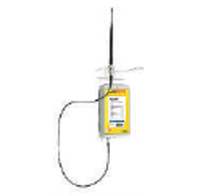
The LoRa Gateway Features
The gateway receives the communications from the LoRa endpoints and then transfers them onto the backhaul system. This part of the LoRa network can be Ethernet, cellular or any other telecommunications link wired or wireless. The gateways are connected to the network server using standard IP connections. On this way the data uses a standard protocol, but can be connected to any telecommunications network, whether public or private. In view of the similarity of a LoRa network to that of a cellular one, LoRa gateways may often be co-located with a cellular base station. In this way they are able to use spare capacity on the backhaul network.
Features and Functionalities
- Works with any MCU and ALL PIC family
- 168dB maximum link budget
- +20 dBm RF output
- Programmable bit rate: 300bps-50kbps
- A long range star architecture with high capacity
- Supports both mobile and fixed nodes
- Supports variable data rates and multi-channel simultaneously
- Complete solution with both end node (SX127x) and concentrator (Sx1301)
Meter Data & Billing Information
- - Meter information
- Instantaneous Data
- Billing information
- Tamper information
- Abnormal Events Data
- Energy Snapshot Data
- Meter Settings Data
- Transaction Data
- Meter Health Information
GSM Features
- 32 Bit ARM Core based design
- Power: C Class 4(2W@850/900 MHz), C Class 1(1W@1800/1900 MHz)
- Quad Band 850 / 900 / 1800 / 1900 MHz Bands
- Supports Voice, SMS, Data and Fax
- GPRS Class B Multi Slot Class 10, Coding schemes CS 1,2,3,4, MCS 1-9
- IEC, MODBUS, PROFIBUS Protocol support
- GSM / GPRS communication capabilities
- Inbuilt Protocol conversion and Auto Meter Detection
- Built-in wide range Power Supply
- Controller for interfacing with meter, local data storage, processing of data
- Digital I/O for interfacing with external devices
- Monitoring of digital inputs like tamper status, etc
- Generating and Monitoring Alerts and Alarms at the meter-end
- Up to 10 years Battery Life, depending on no.of transmissions per day
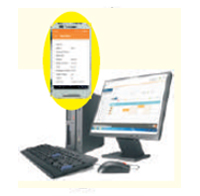
The Operating System - on Cloud
- The Cloud computing service for The Operating System(OS), utilizes internet technology, allowing users to instantaneously access data via PC Terminal, smart phone, or tab.
- The OS application software is installed on the server.
- The utility supplier selects the parameters from the OS that he wishes to use, designing his application around his own requirements. The packages available cover the complete range of functionality from entering a new customer all the way through paying his bills online.
- Access to the database is controlled via a security user name and password. There are five levels of security available, each has different limits as to what data can be viewed or changed.

